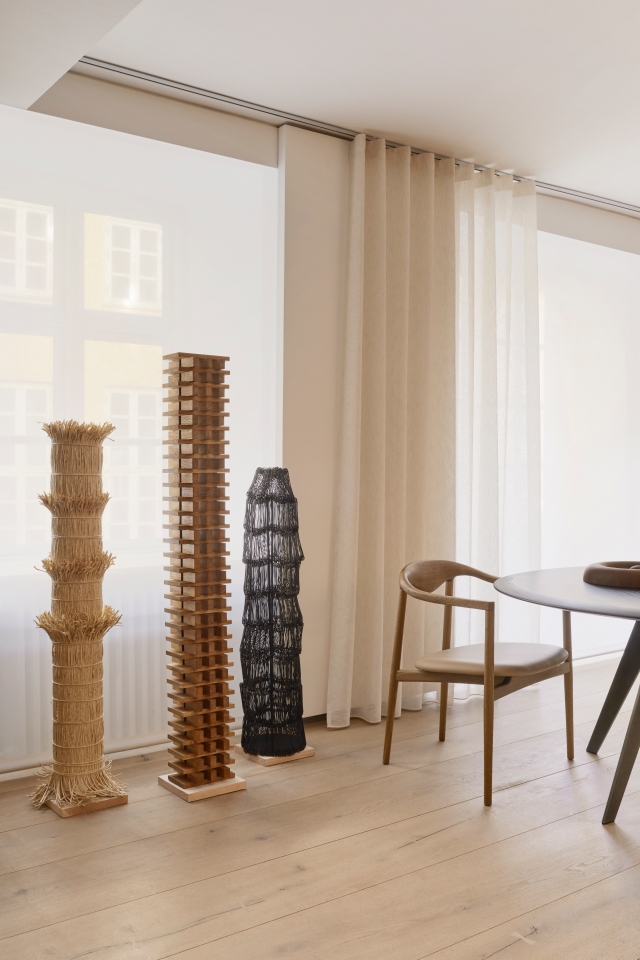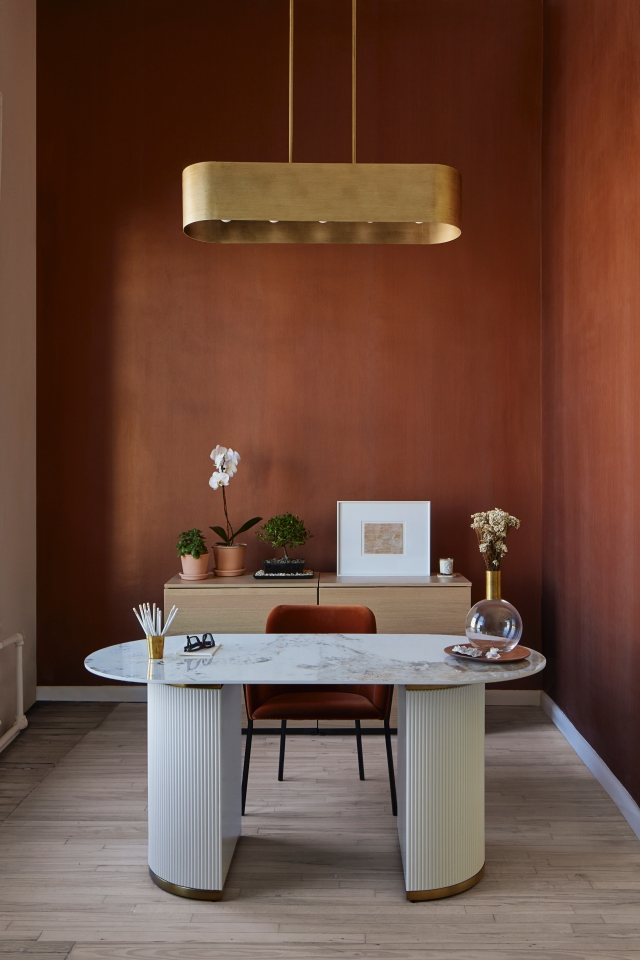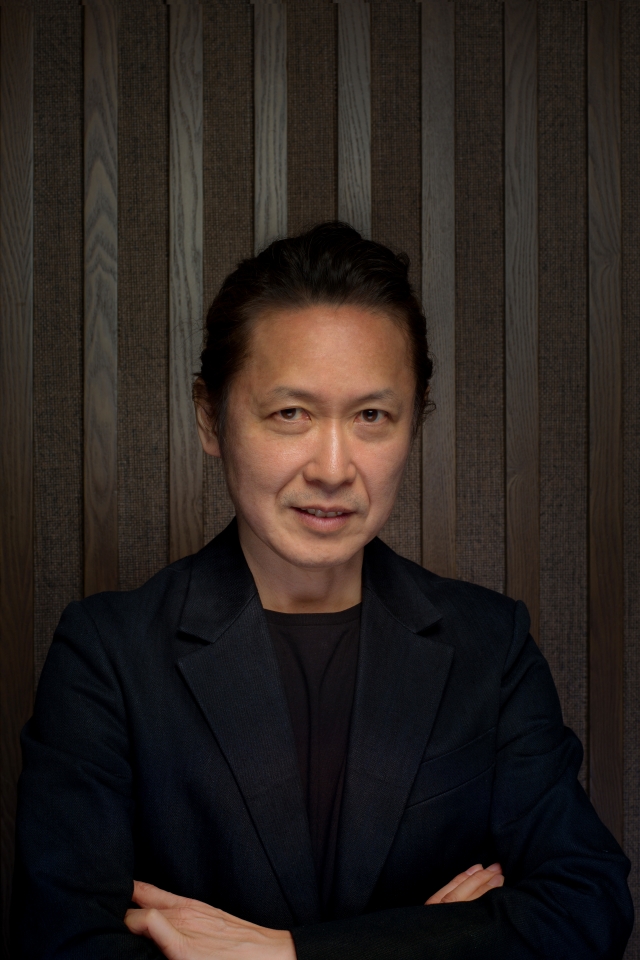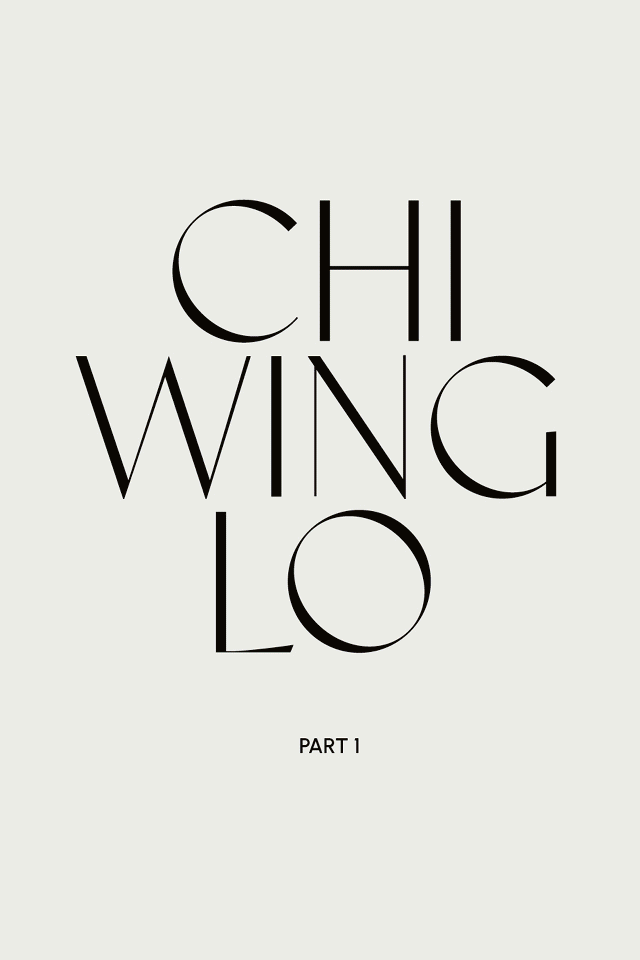日本戰後藝術家工藤哲巳 (1935 – 1990年) 豐富的藝術實踐跨越四十年,深入探索人類的經驗與歷程,並對大眾消費的擴張與科技的崛起提問。他的作品透過結合現成材料的生物形態雕塑與集合藝術,探討殖民主義、種族主義、社會凝聚力及環境退化等主題。香港M+博物館副總監及總策展人鄭道鍊是如此形容藝術家的創作:「工藤以其具有啓發性的裝飾語言,呼籲從根本上反思自然、人類與技術之間的關係。」
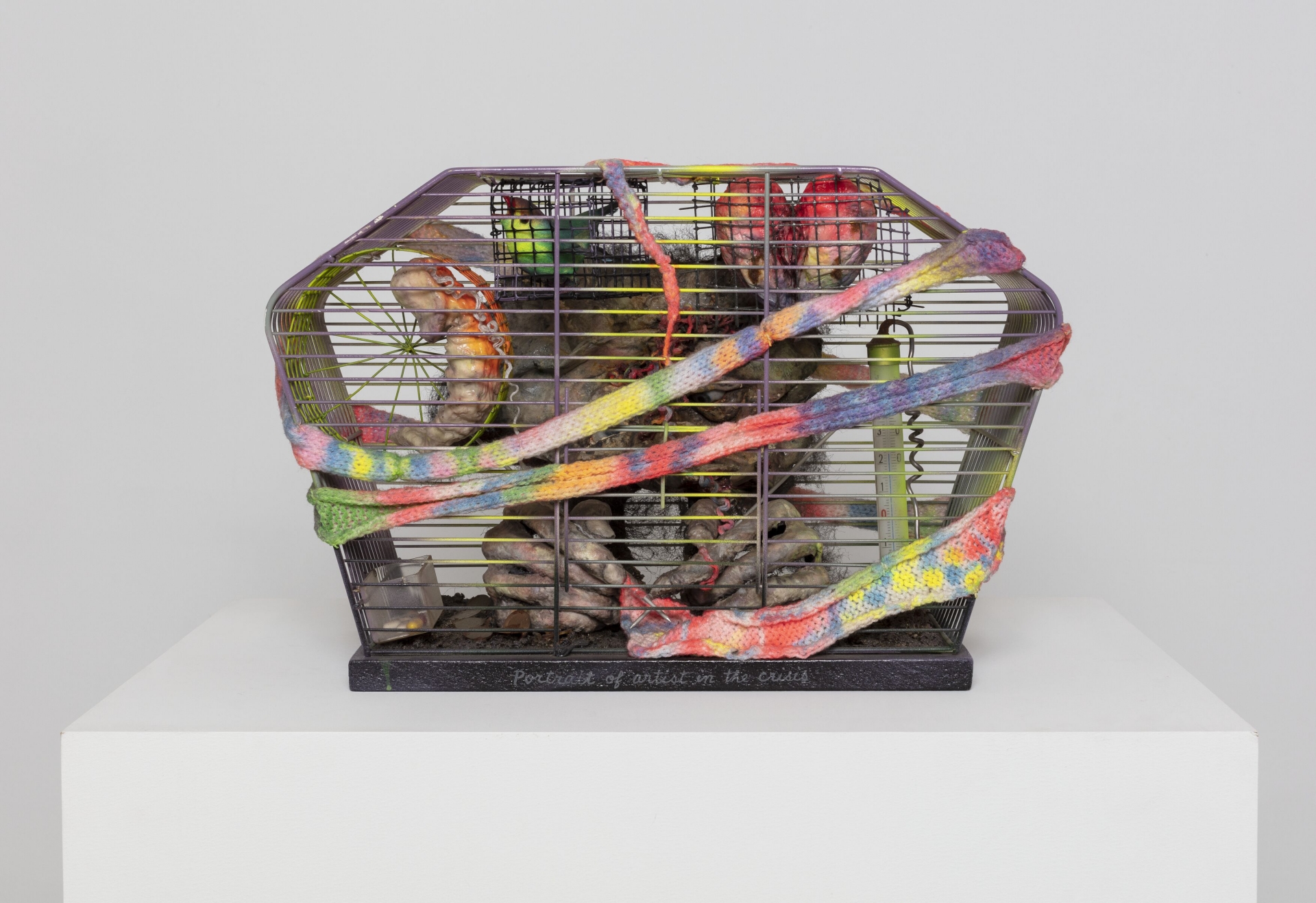
Portrait of Artist in the Crisis
1978
Cage, woolen yarn, temperature gauge, knitting needles, wood
30 x 45.5 x 22 cm / 11 3/4 x 17 7/8 x 8 5/8 in
© Hiroko Kudo, the Estate of Tetsumi Kudo / Artists Rights Society (ARS), NY /ADAGP Paris 2024
Courtesy Hiroko Kudo, the Estate of Tetsumi Kudo and Hauser & Wirth
藝術家在大中華地區的首場個展「工藤哲巳:籠子」將於5月31日在香港Hauser & Wirth開幕。展覽精選工藤在1966至1980年間創作的標誌性籠子系列。作品創造出不同的世界環境,鼓勵觀眾將自己理解為一個完整而複雜宇宙的一部分。自然、科技與人類相互影響,他將這個系統稱為「新生態」。
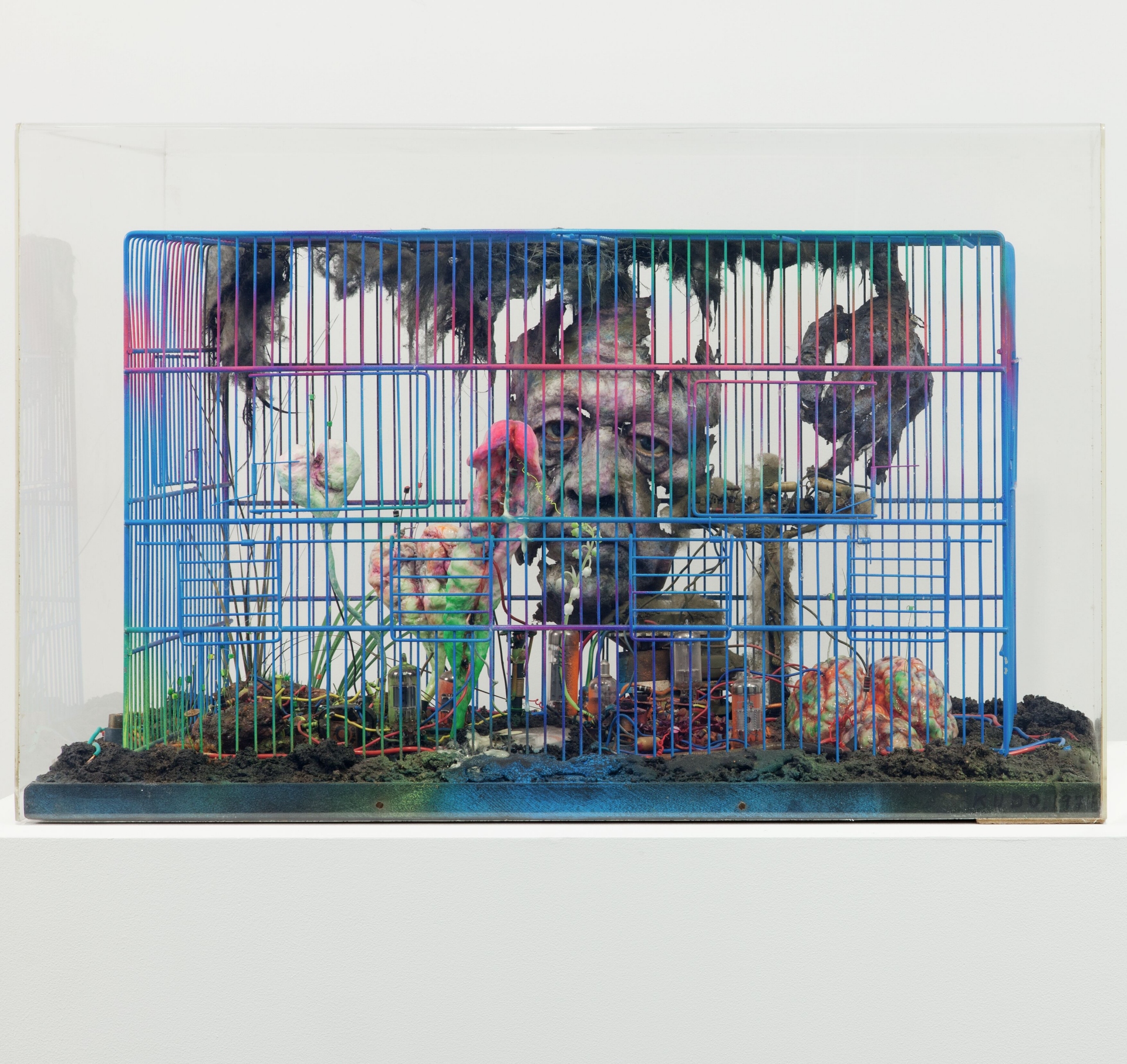
Votre Portrait
1974
Mixed media
36 x 66 x 38.5 cm / 14 1/8 x 26 x 15 1/8 in
© Hiroko Kudo, the Estate of Tetsumi Kudo / Artists Rights Society (ARS), NY /ADAGP Paris 2024
Courtesy Hiroko Kudo, the Estate of Tetsumi Kudo and Hauser & Wirth
工藤在1935年出生於日本大阪,1954至1958年就讀於東京藝術大學。1962年他離開東京移居巴黎,並在那裏度過餘生。在歐洲,工藤將自己視爲西方的「觀察者」,並深感自己有必要顛覆歐洲人文主義中的政治、經濟與人類中心主義風氣及其對二十世紀藝術與文化的影響。他的作品被眾多重要機構納入館藏,包括日本青森美術館、法國巴黎龐畢度藝術中心、香港M+博物館、法國巴黎市立現代藝術博物館、日本東京都現代美術館、日本大阪國立國際美術館、日本東京國立近代美術館、紐約古根漢博物館、荷蘭阿姆斯特丹市立博物館、紐約現代藝術博物館、意大利威尼斯皮諾收藏基金會、明尼阿波利斯沃克藝術中心等。
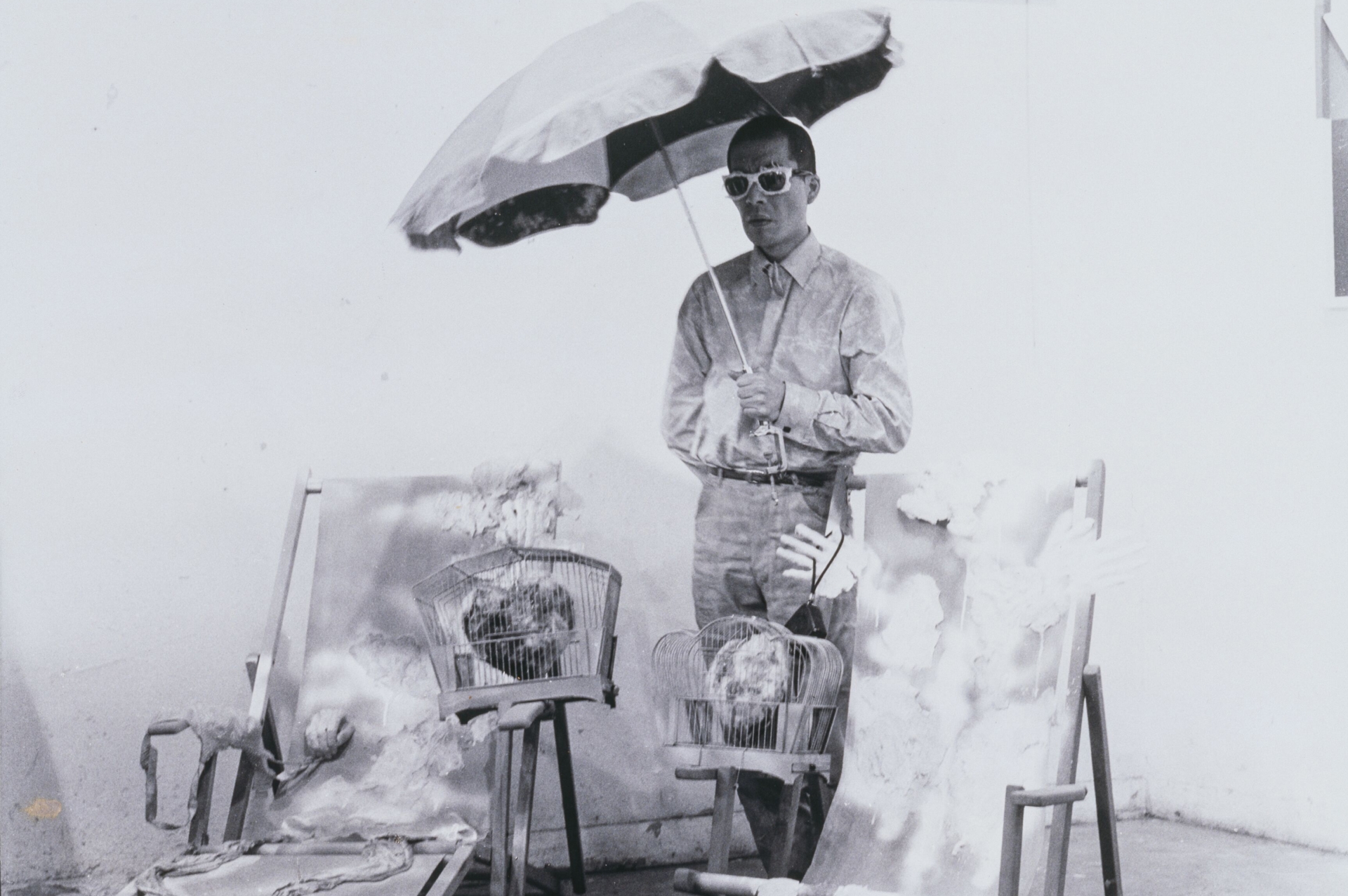
© Hiroko Kudo, the Estate of Tetsumi Kudo / Artists Rights Society (ARS), NY /ADAGP Paris 2024
Courtesy Hiroko Kudo, the Estate of Tetsumi Kudo and Hauser & Wirth
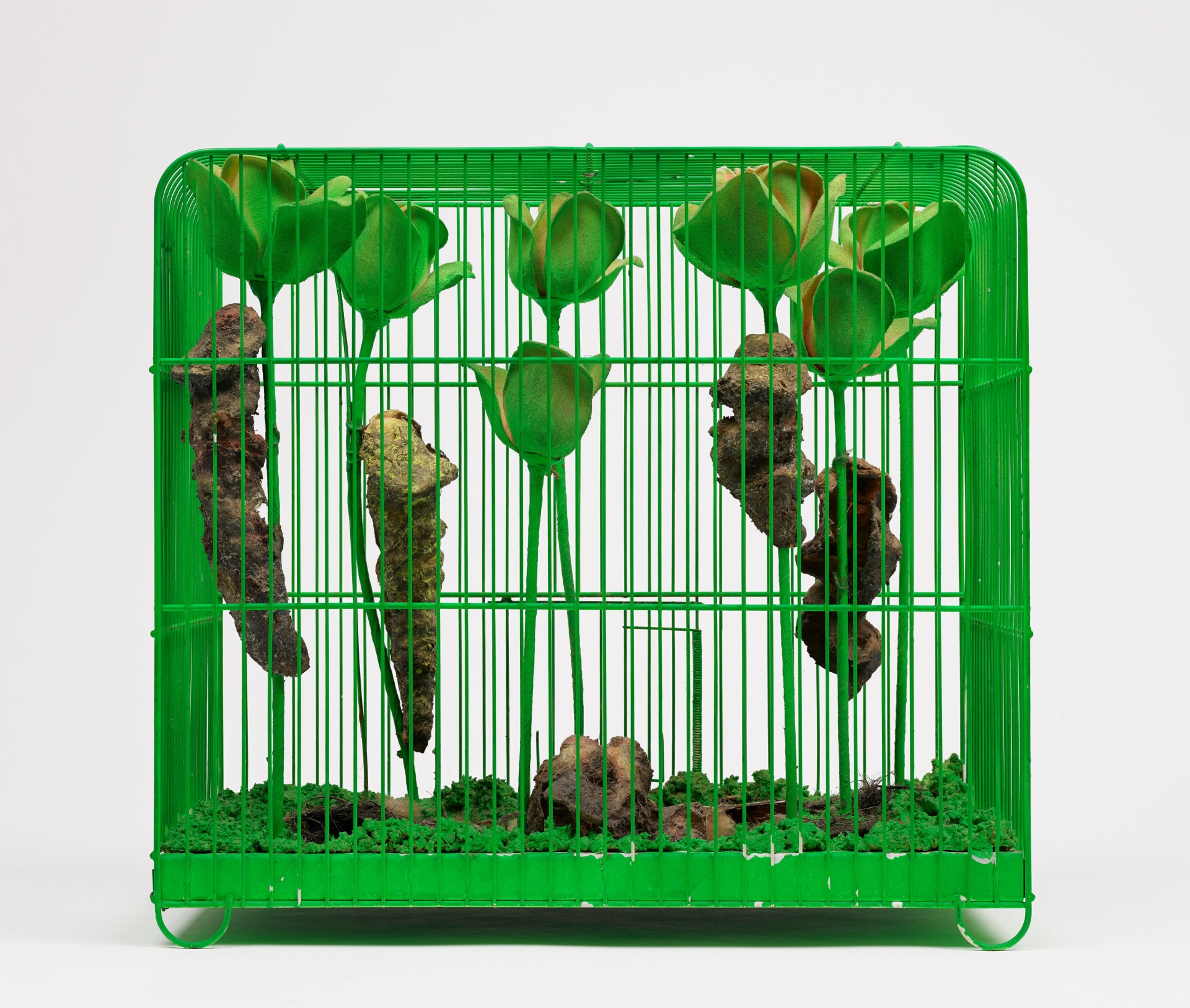
Souvenir 'La Mue'
1970
Acrylic on plastic flowers and mixed media in painted cage
34.9 x 38.9 x 25.1 cm / 13 3/4 x 15 3/8 x 9 7/8 in
© Hiroko Kudo, the Estate of Tetsumi Kudo / Artists Rights Society (ARS), NY /ADAGP Paris 2024
Courtesy Hiroko Kudo, the Estate of Tetsumi Kudo and Hauser & Wirth
1965年,工藤開始使用籠子創作,並在隨後的15年間裡持續探索。這些作品融入鳥籠等日常物品,將藝術家的集合藝術置於家的語境之中,具有重要意義。在《為你的客廳而作-為了懷舊》(1966年) 這件作品中,類似繭蛹與生殖器的形象,或是爬滿籠子四周,或是像金絲雀一樣站在鞦韆上。而工藤擺放在食槽和水槽裏的並不是鳥食的營養物質,而是藥丸。在何等環境中,藝術家延續了自己一如既往的思想:人類就像寵物一樣,在被更加宏大的組織系統「餵養」、觀察或控制。
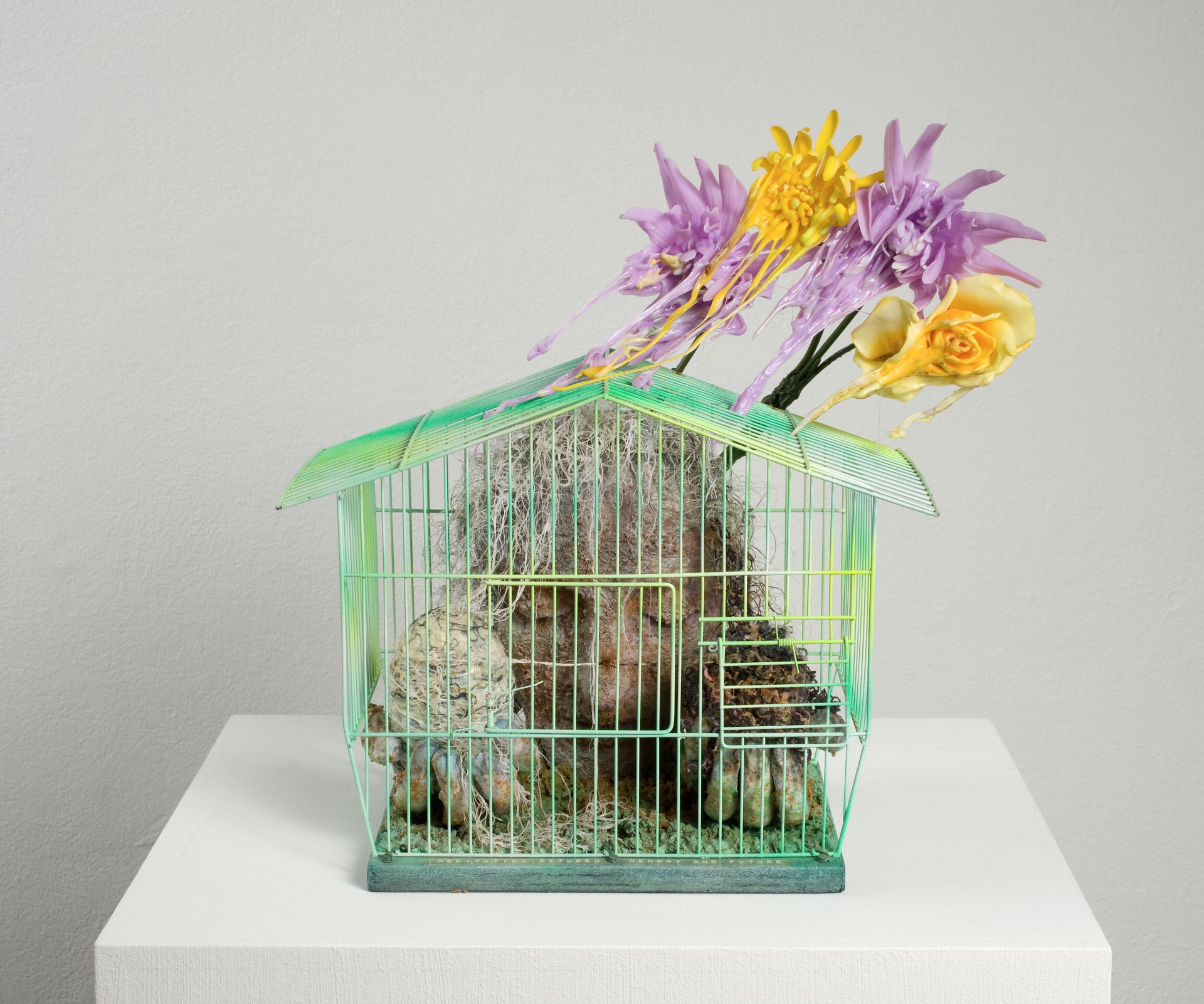
Meditation Between Memory and Future
1978
Painted cage, artificial soil, wax flowers, cotton, plastic, polyester, resin, thread, sand, yarn, wood, fly-fishing feather lure
42 x 49 x 24 cm / 16 1/2 x 19 1/4 x 9 1/2 in
Vitrine: 48.5 x 49 x 23.7 cm
© Hiroko Kudo, the Estate of Tetsumi Kudo / Artists Rights Society (ARS), NY /ADAGP Paris 2024
Courtesy Hiroko Kudo, the Estate of Tetsumi Kudo and Hauser & Wirth
1970年代初期到中期,工藤的作品變得更加內省,關注焦點也從對歐洲社會的批判轉向對哲學與形而上學思想的探索,例如時間的延續、記憶與精神認同。這些思考往往通過籠子表達,籠中人物有些似乎有第三隻眼——指代印度濕婆神 (Lord Shiva);或是手持線束,代表過去與現在,以及文化知識的發展與傳播之間的聯繫,如《藝術家的肖像,佛陀在巴黎(程序化的未來與被記錄的回憶之間的冥想)》(1976年) 與《回憶與未來之間的冥想》(1978年)。塑料花也是工藤在作品中常用的意象,暗示生長與腐爛的自然過程,這是在時間永續中生命與自然循環的一部分。
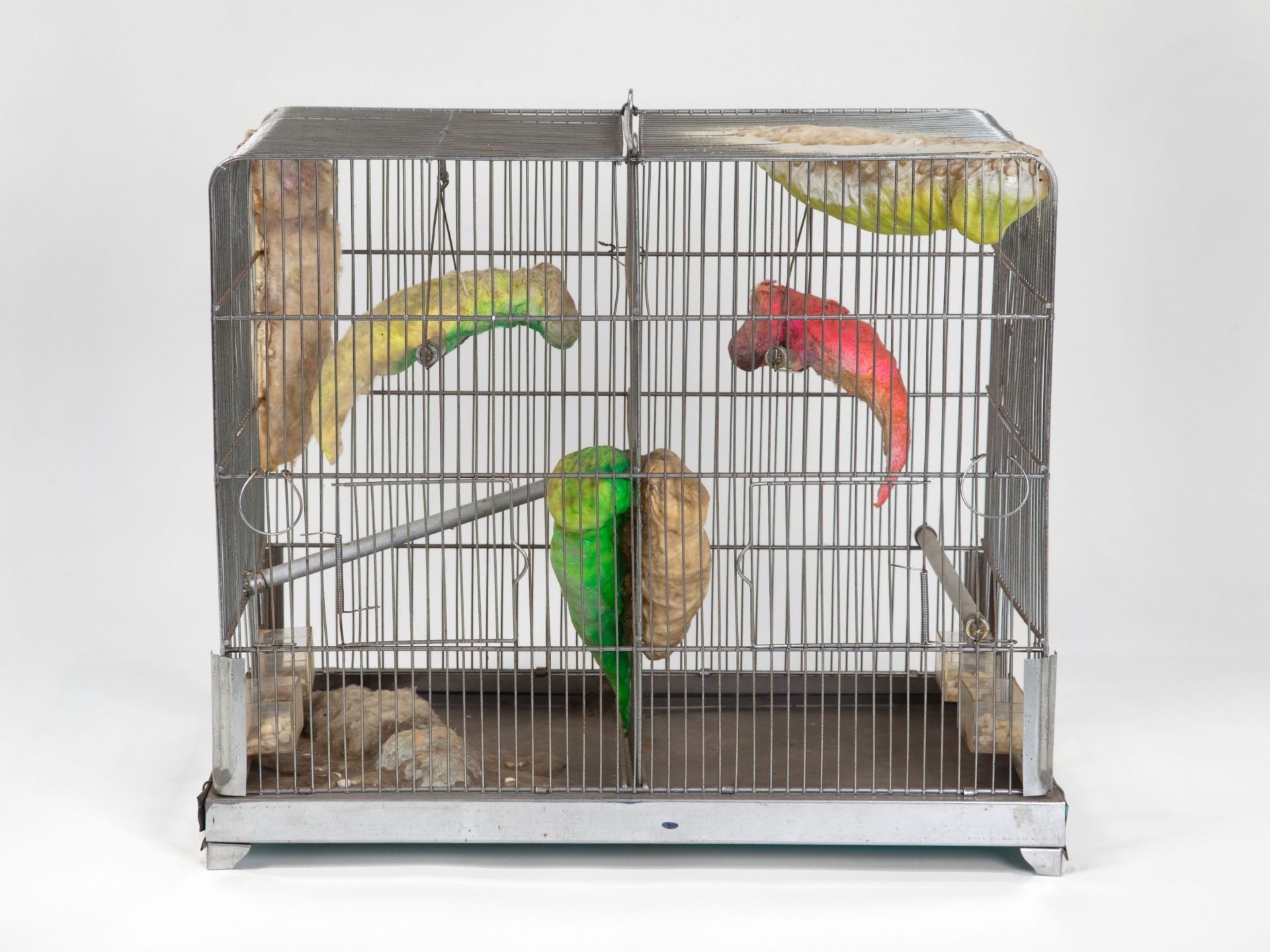
For Your Living Room - For Nostalgic Purpose
1966
Cage, cotton, plastic, polyester, resin, paint, pills
43.5 x 50.8 x 30.5 cm / 17 1/8 x 20 x 12 in
© Hiroko Kudo, the Estate of Tetsumi Kudo / Artists Rights Society (ARS), NY /ADAGP Paris 2024
Courtesy Hiroko Kudo, the Estate of Tetsumi Kudo and Hauser & Wirth
貫穿工藤作品的主題不外乎是藝術家對時間、自然與文化等系統如何關聯、重疊,以及個人如何融入自然與宇宙秩序的興趣。展覽「工藤哲巳:籠子」由Hauser & Wirth與工藤弘子 (Hiroko Kudo)、藝術家資產以及Joshua Mack合作呈獻。
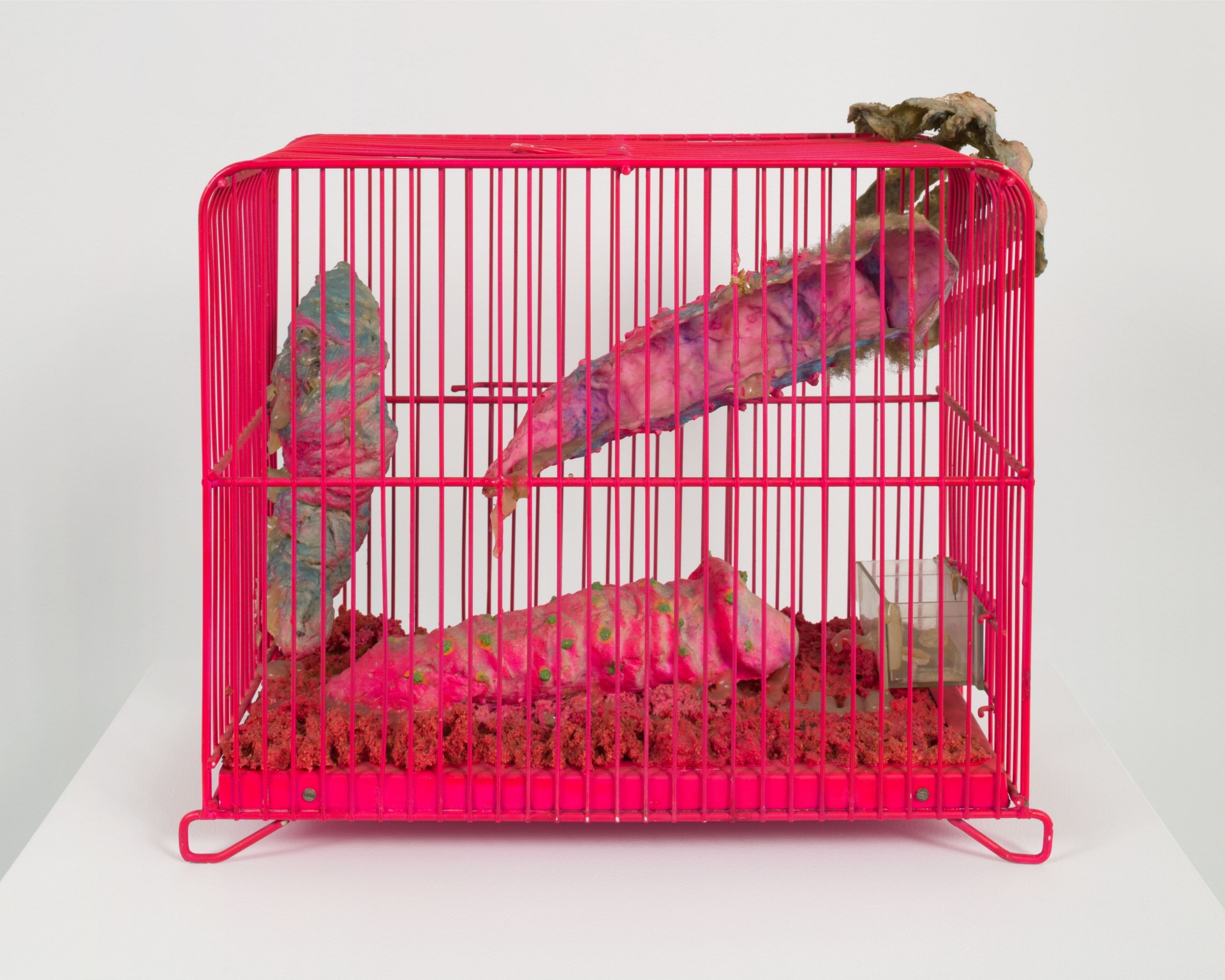
Coelacanth
1970
Painted cage, artificial soil, cotton, plastic, polyester, resin, pills
26 x 31.1 x 15.2 cm / 10 1/4 x 12 1/4 x 6 in
© Hiroko Kudo, the Estate of Tetsumi Kudo / Artists Rights Society (ARS), NY /ADAGP Paris 2024
Courtesy Hiroko Kudo, the Estate of Tetsumi Kudo and Hauser & Wirth





